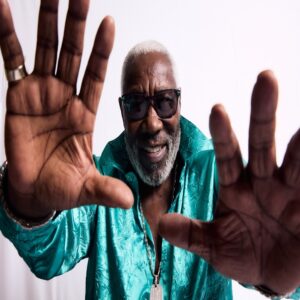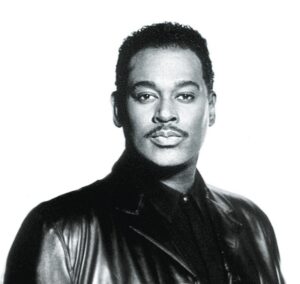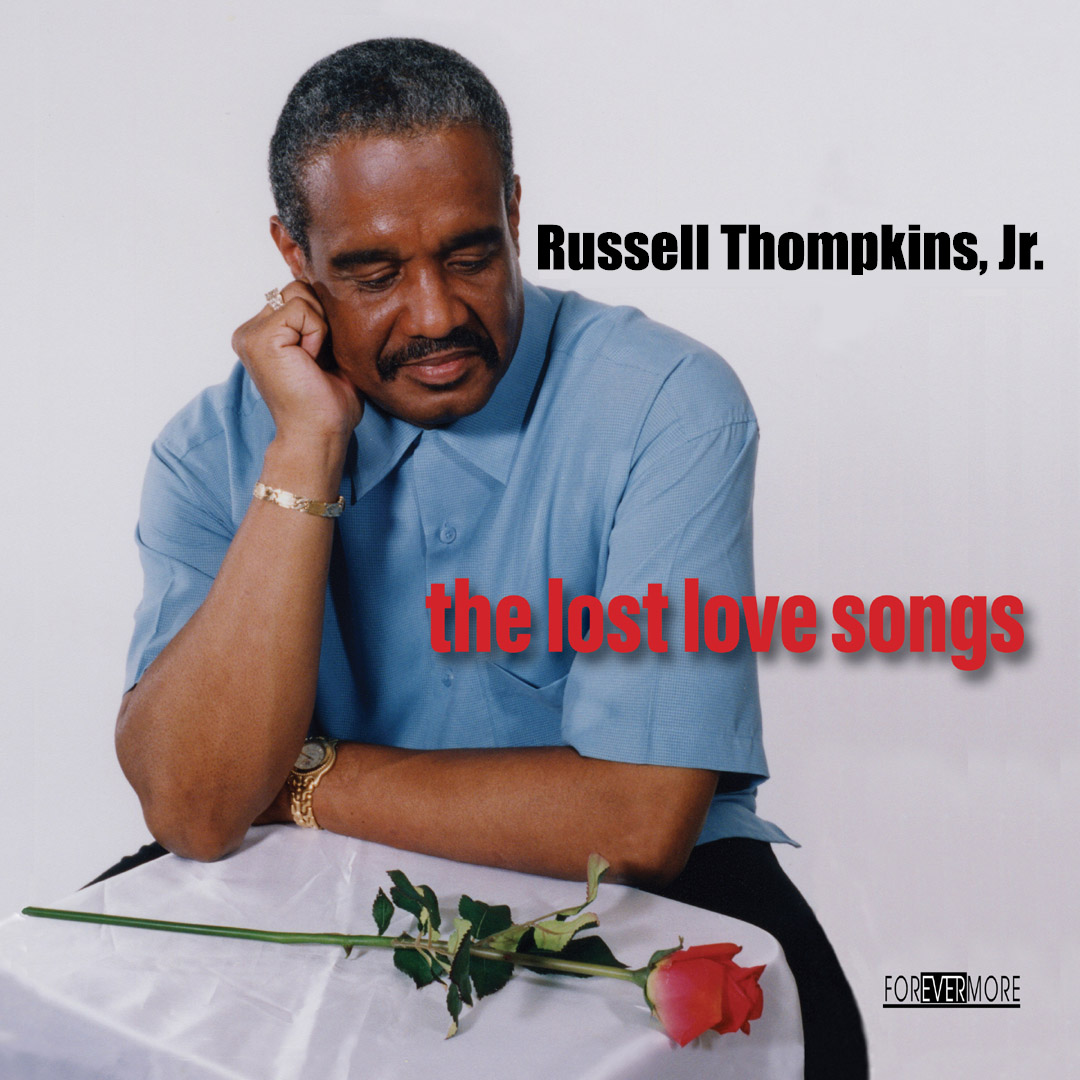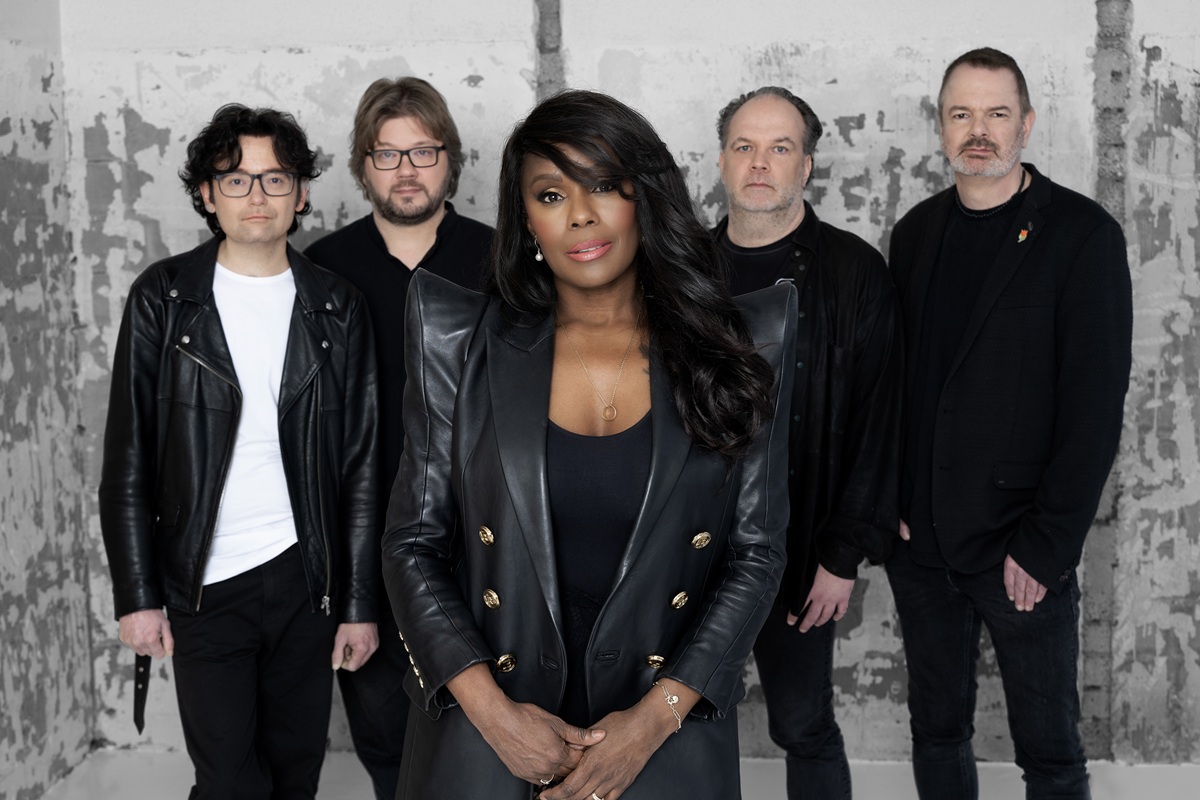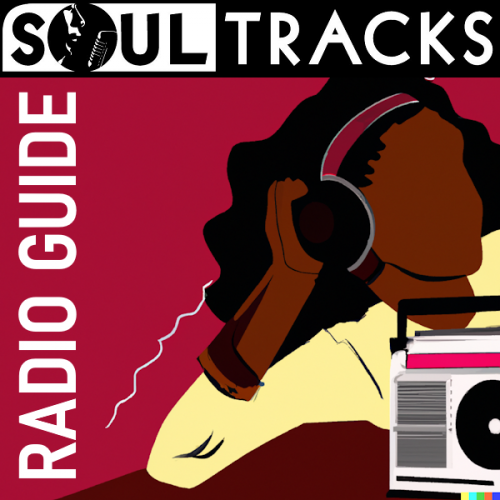Shalamar began as a thrown-together producer’s group and wound up one of the most popular and exciting vocal groups of the late 70s and early 80s. When Soul Train host Don Cornelius and show A&R man Dick Griffey decided to create Soul Train Records – later called Sound of Los Angeles Records (or SOLAR, for short) – they debuted with a discofied Motown medley called “Uptown Festival” performed by a group of studio musicians and singers dubbed Shalamar. When the song turned out to be a smash dance hit, a singing group of Soul Train dancers was put together as the face of Shalamar. Consisting of Jody Watley, Jeffrey Daniel and Gerald Brown, the new group scored a couple hits and had two moderately successful albums, Uptown Festival and Disco Gardens, before Brown was replaced by mellifluous singer Howard Hewett.
The addition of Hewett was the missing ingredient to turn Shalamar from a faceless dance act to a real Soul group and, combined with the maturing of Watley into a fine vocalist, created the most popular and interesting lineup the group would ever have. The reorganized Shalamar, working with hot young producer Leon Sylvers (who would architect the SOLAR sound for the Whispers, Dynasty, Lakeside and others) immediately scored with the dance cut “The Second Time Around” and the 1979 top five album Big Fun. They continued their rise two years later with Three For Love, an album that would show them to not only be a great dance group (“Make That Move” and “Full of Fire”), but also developing ballad singers (“This Is For the Lover In You”).
After distribution problems and an unsuccessful, quickly thrown together Go For It disc, the group return in top form with their first #1 Soul album, Friends, and the monster hit, “A Night To Remember.” While on top of the world commercially, internal friction in the group threatened its continued existence. Nonetheless, in 1983 they released their finest album, The Look, which included the edgy hit “Dead Giveaway,” but more importantly included their finest ballad work ever, in the album cuts “You Can Count of Me” (maybe Hewett’s best performance with the group) and “You’re the One For Me.” But The Look served as Watley’s and Daniel’s swan song, and they both quit the group later that year. They were replaced by Micki Free and Delisa Davis.
By then pretty much the Howard Hewett show, Shalamar scored a surprising top 20 pop hit in 1984 with their contribution to the Footloose soundtrack, “Dancing In The Sheets” (produced by Bill Wolfer), and did moderately well with the album Heartbreak. Hewett then left in 1986 for a solo career and was replaced by Sidney Justin. By 1987, Shalamar had gone full circle, and was again a faceless producer’s group, by then working with young producer Babyface for their last album, Circumstantial Evidence.
After the demise of Shalamar, Watley had a strong solo career, scoring a string of hits over the 80s and 90s, winning a Grammy Award and becoming a pioneer in fashion and music videos. She continues to record and perform today. Hewett also had a moderately successful solo career and became a frequent guest vocalist on Soul and Jazz albums. He also released albums to the Gospel market and continues performing both in the US and abroad. Daniel, who was known more as a dancer than singer, released one unsuccessful solo album for SOLAR before taking a background role working with other artists both as a songwriter and choreographer.
Fans have clamored for years for a reunion, but poor relationships among the members of the most famous lineup of the group appears to make that unlikely.
by Chris Rizik


